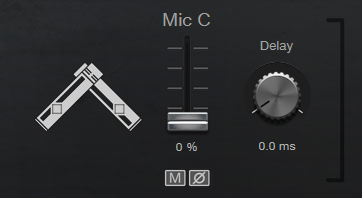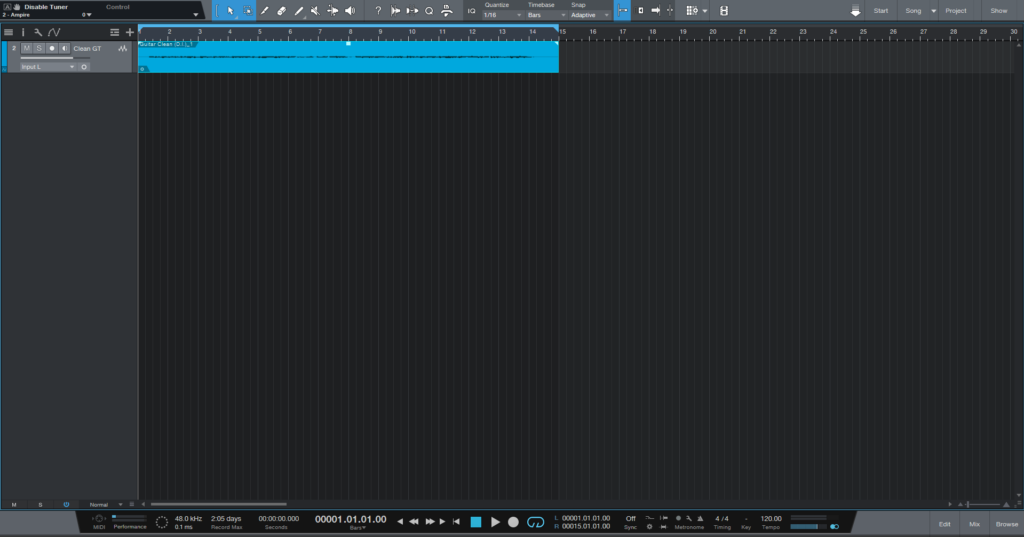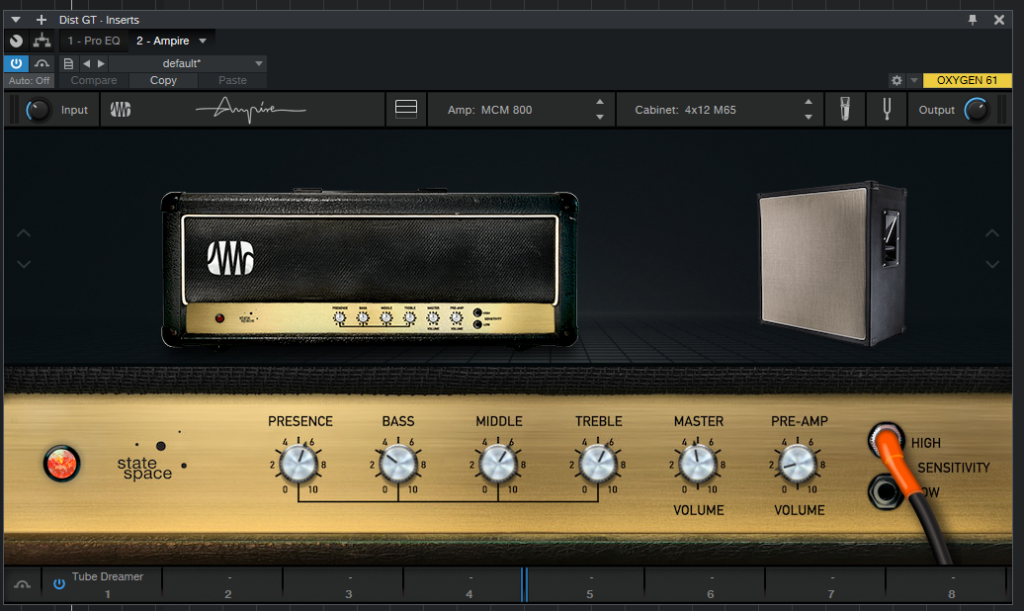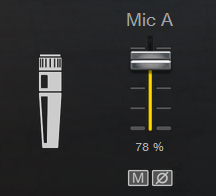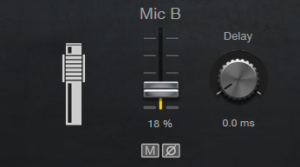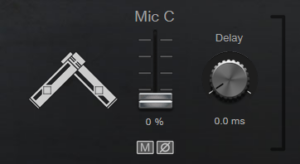Microphone Section in Ampire
This blog is part of our new series of tutorials based on the Ampire plugin included in the latest update of PreSonus Studio One 5.4
Want to learn how to use PreSonus Studio One in real time, with a professional digital audio trainer? It’s faster than blogs, videos, or tutorials. Call OBEDIA for one on one training for PreSonus Studio One and all digital audio hardware and software. Mention this blog to get 15 bonus minutes with your signup! Call 615-933-6775 and dial 1, or visit our website to get started.
Need a Pro Audio laptop or Desktop PC to run PreSonus Studio One software and all of its features at its best?
Check out our pro audio PCs at PCAudioLabs.
Microphone Section in Ampire
Ampire is the ultimate guitar tone and gear emulation solution included in Studio One as one of their proprietary plugins.
This plugin is capable of emulating the amplifier, cabinet, microphones, pedals and even the tuner you would have as part of your guitar rig.
Today we are going to learn more about the microphone section of this plugin, the independent microphone levels and all the parameters included.
Let’s explore this!
- Open or create a new Studio One Song
For the purpose of this tutorial we have a Song that contains a single audio track with an electric guitar DI signal recorded to it.
Ampire is designed to be added as a plugin (insert) on tracks that only contain DI signals.
2. Add Ampire plugin to the DI guitar track (audio track):
3. Click on the microphone logo next to the cabinet selector:
The microphone section will open as:
The first aspect that we can easily identify is that we have 3 microphone options available. The selection of these microphones depends on the cabinet that we have selected, and realistically each “microphone” is associated to a different Impulse Response.
Right now we have the 4×12 M65 cabinet selected, which gives us three microphones that are:
- Mic A: Dynamic
- Mic B: Ribbon
- Mic C: Small Condensers Pair X/Y
So we basically have 3 different “flavors” for the sound of the guitar, depending on which mic is used.
Another parameter that we can see, if the level of each microphone which is determined by the fader associated to it:
The higher up the fader is located, the louder that microphone will be compared to the others.
Keep in mind, there is a “Mic Mix Link” option that links the faders of Mic A and Mic B in an inverse proportional way. This means that if you push up the fader on Mic A, the one on Mic B will be decreased and vice versa.
Another very important feature is the “delay” knob:
This knob lets you delay Mic B and Mic C, in relation with Mic A.
Keep in mind, a “delay” in microphones simply means that you are moving the microphone away from the speaker cone, yielding interesting comb filtering effects due to the phase difference between the mics.
By default, no delay is added.
You can also flip the polarity of any of the microphone by hitting the polarity flip button under its associated fader:
And last, but not least, you can always mute any of the microphones is you don’t want it to affect your sound.
This can be done by simply hitting the mute switch under its associated fader:
And that’s it!
Go ahead and experiment with these and get that perfect guitar tone you are looking for!
Using Presonus Studio One 5.4 software to produce music would be ideal with one of our professionally designed PCAudioLabs Systems due our high-performance specifications in order to work with any of the Digital Audio Workstations supported. If you would like to order one of our PCAudioLabs computers, please call us at 615-933-6775 or click this link for our website.

